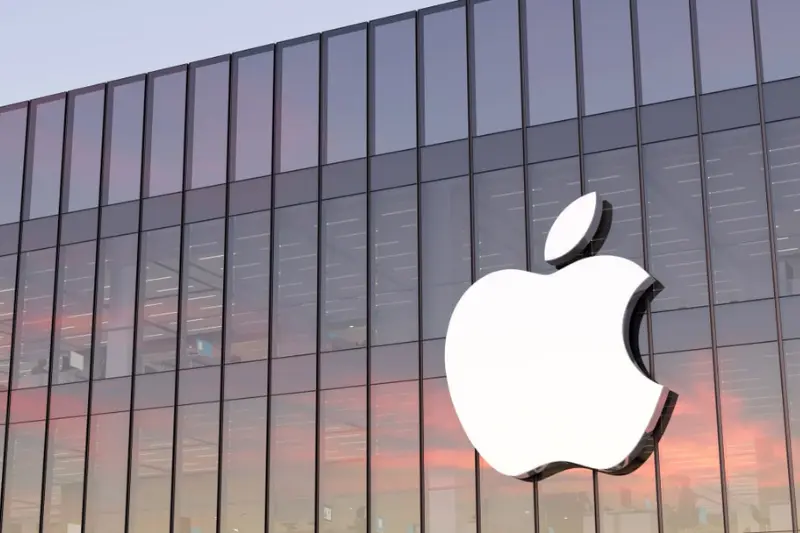After years of speculation, Apple is set to introduce its first foldable iPhone, and the hype is real. According to reliable industry sources and analysts like Ming-Chi Kuo, we now have a clearer idea of what to expect from this game-changing device. Let’s dive into everything we know so far about the Apple first foldable iPhone from its sleek design and impressive features to its price and release timeline.
| Feature | What We Expect |
| Phone Model | Apple Foldable iPhone (First-Gen) |
| Display | 7.8-inch inside screen, 5.5-inch outside screen |
| Display Type | No crease, OLED screen |
| Back Camera | Dual cameras for better pictures |
| Front Camera | Camera for selfies that works in both modes |
| Processor | Likely uses Apple’s A19 or M-series chip |
| Software | iOS with AI features for smart use |
| Battery | Big battery with fast charging |
| Security | Touch ID on the side button |
| Build | Made with strong titanium and stainless steel |
| Price | ₹1,65,000 – ₹2,00,000 |
| Release Date | Mass production in late 2026, available by 2027 |
Design: A Sleek, Premium Foldable Phone
Apple’s foldable iPhone is rumored to adopt a book-style design, similar to Samsung’s Galaxy Z Fold series, but with its own unique flair. The device will feature a 7.8-inch crease-free inner display and a 5.5-inch outer display for easy use when folded. The key difference? Apple aims to eliminate the crease problem, offering a smooth experience, even when the screen is folded.
When folded, the phone will be about 9–9.5mm thick. However, once opened, the device will only measure around 4.5–4.8mm, making it incredibly slim for a foldable phone. The hinge will combine titanium alloy and stainless steel, ensuring durability without compromising on elegance.
Camera and Security: Optimized for Both Modes
For photography, Apple is expected to include a dual-lens rear camera system, providing AI-driven computational photography that works in both folded and unfolded modes. This means users can expect great photos whether they’re using the phone as a standard device or in its larger, unfolded mode.
In terms of security, Apple will likely replace Face ID with Touch ID, integrated into the side button. This is due to the space constraints of the foldable design, but it stays consistent with Apple’s previous devices like the iPad Mini and iPad Air.
AI-Driven Features: The Next Level of Smart Functionality
Apple is positioning this foldable iPhone as a ‘True AI-driven phone’. It’s expected to be packed with multimodal functionality, where AI can perform multiple tasks simultaneously. For instance, users could chat with AI while navigating maps, or mix generated text into emails and messages. Real-time AI-powered language translation could be another cool feature for international travelers.
With Apple’s growing investment in machine learning, this foldable iPhone is expected to be one of the smartest and most innovative phones in the market.
Price: Is It Worth the Premium?
The foldable iPhone is expected to debut with a premium price tag, estimated to be between $2,000 to $2,500. While this is undeniably expensive, Apple’s loyal customer base and the phone’s unique features could drive demand.
So why such a high price?
- Durability: The combination of titanium alloy and stainless steel boosts durability, but it also drives up production costs.
- Advanced Display: OLED foldable displays are difficult to manufacture and come at a high cost.
- Apple’s Brand Loyalty: Apple products often come at a premium, and customers are willing to pay more for the ecosystem integration and quality.
- AI-Powered Features: The exclusive AI-driven features could differentiate the foldable iPhone from competitors in the market.
Launch Timeline and Production: When Will It Arrive?

According to analyst Ming-Chi Kuo, Apple plans to finalize the foldable iPhone’s specs by Q2 2025, with production starting in Q3 2025. Mass production is expected to begin in Q4 2026, with the phone hitting the market in late 2026 or early 2027. Apple plans to initially ship around 3-5 million units in the first year, with the second-generation model expected in 2027. This could push the total shipments to 20 million units by the end of 2027.
Challenges for Apple: Will It Succeed?
While excitement builds around the foldable iPhone, Apple faces some significant challenges:
- Delicate Design: Foldable screens are still delicate, so Apple must ensure durability in everyday use.
- Software Limitations: iOS currently lacks the multitasking features needed to fully take advantage of a foldable design.
- Battery Life: A large foldable display may require trade-offs in battery life, making it a challenge for long-term use.
- High Price: The $2,500 price point could put the device out of reach for many, limiting its appeal to only the most tech-savvy or early adopters.
Conclusion: Apple’s Bold Step into the Foldable Market
Apple’s first foldable iPhone is shaping up to be a premium, innovative device. While the price will be steep, its advanced features, AI-driven capabilities, and premium design will likely make it a standout in the foldable market. If Apple can overcome the challenges and meet the high expectations, this device could set a new standard for foldable smartphones and change the way we interact with technology.
Enjoyed our review? Stay tuned for more expert insights, Unfit mobile reviews, and the latest smartphone launches!

